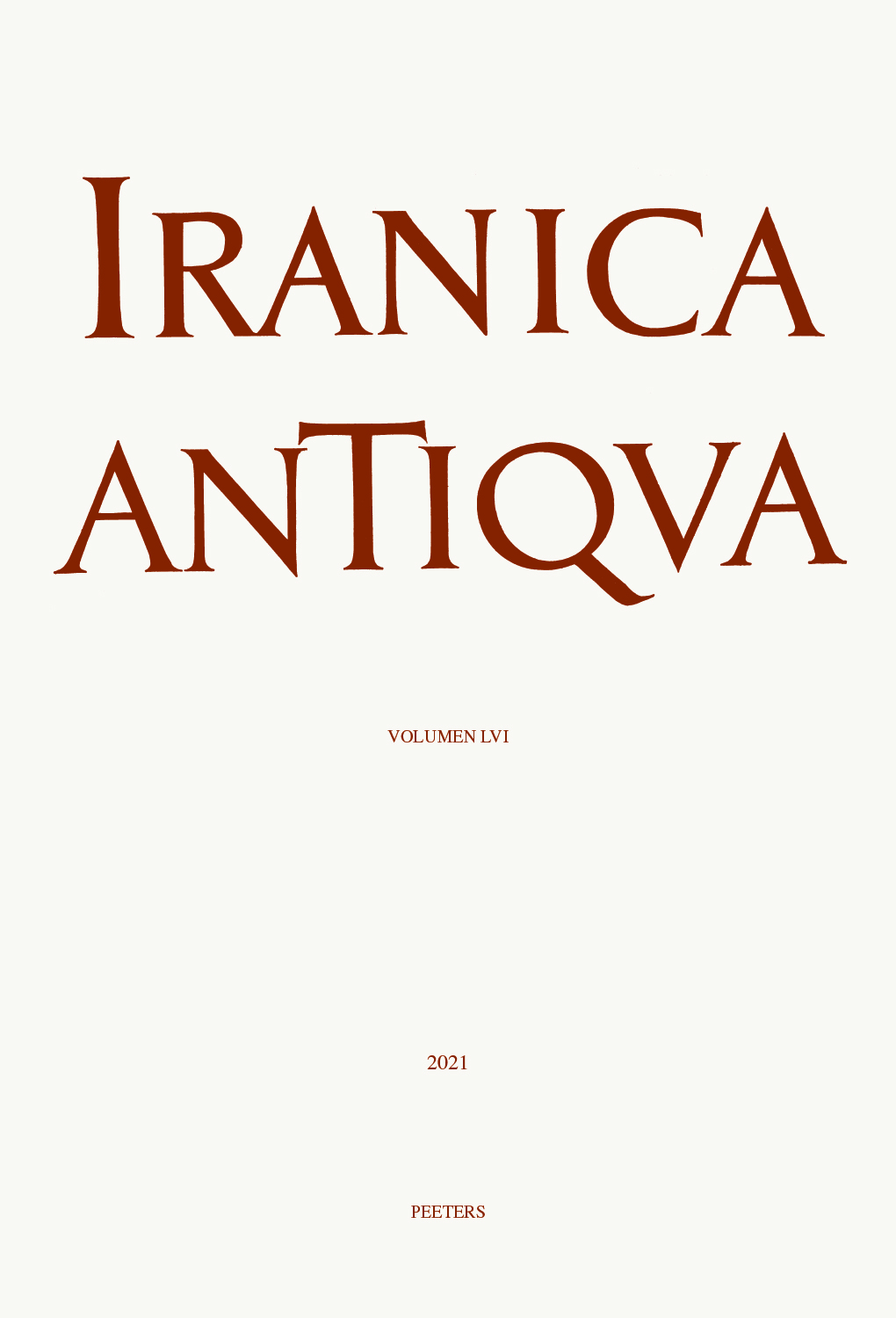 previous article in this issue previous article in this issue | next article in this issue  |

Preview first page |
Document Details : Title: Petrographic and XRF Analysis of the Ceramics of the Achaemenid Period in the Ramhormoz Plain, Southwestern Iran Author(s): AFSHARI, Leila , AKARSU, Rabia Journal: Iranica Antiqua Volume: 59 Date: 2024 Pages: 35-62 DOI: 10.2143/IA.59.0.3293981 Abstract : An archaeological survey was conducted in 2020 in the Ramhormoz Plain in the province of Khuzestan under the direction of Leila Afshari in order to identify and examine the settlements that existed in the Achaemenid period in southwest Iran. Thirty-six settlements belonging to the Achaemenid period were recorded based on the research findings. Archaeologically significant settlements are Tappeh Ishan Embrij, Tappeh Mehr Alnesa, Shifeh site, Qale Sefid site, Char Taq site, Tol-e Kayd, and Tol-e Karami B. A substantial number of simple and painted ceramics belonging to the Achaemenid period were identified in these areas. Besides, analysing the construction materials/constituents of ceramics, determining the firing techniques, and exploring the source of clay used in production can offer insight into the socio-economic and cultural structure of the wares under discussion. Thus, it is possible to make more comprehensive evaluations of the origin of the produced ceramics, their place in the production and consumption chain as well as their relations with other regions. For petrographic analysis, 29 thin sections with a thickness of 30 microns were prepared from 29 ceramic samples and examined with a James Swift polarizing microscope. Quartz minerals, together with calcite, have the highest density in the clay. Due to the geology of the Khuzestan Plain, which possesses sediment-type residues containing different types of limestone and sedimentary rocks, the use of clays containing these minerals suggests that this type of ceramics may have been imported. |
|


